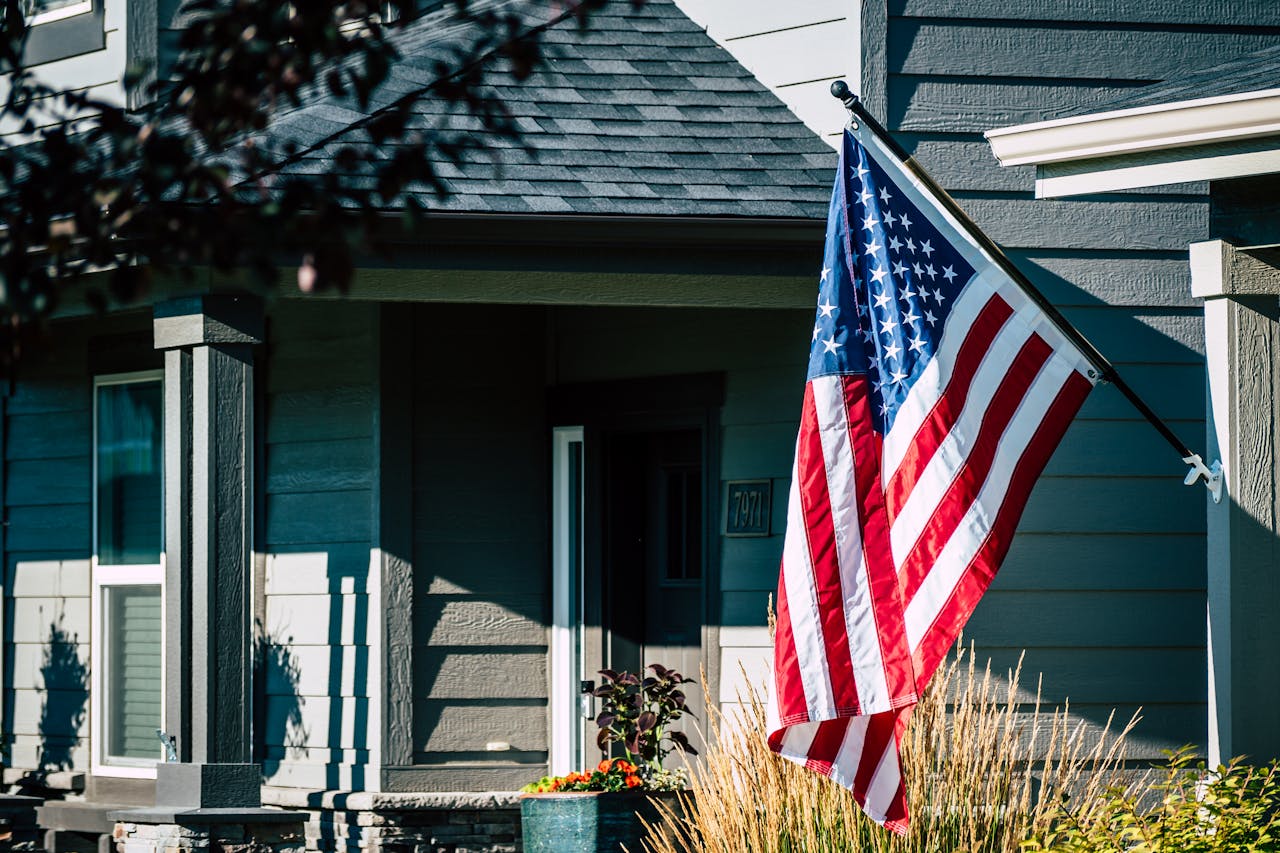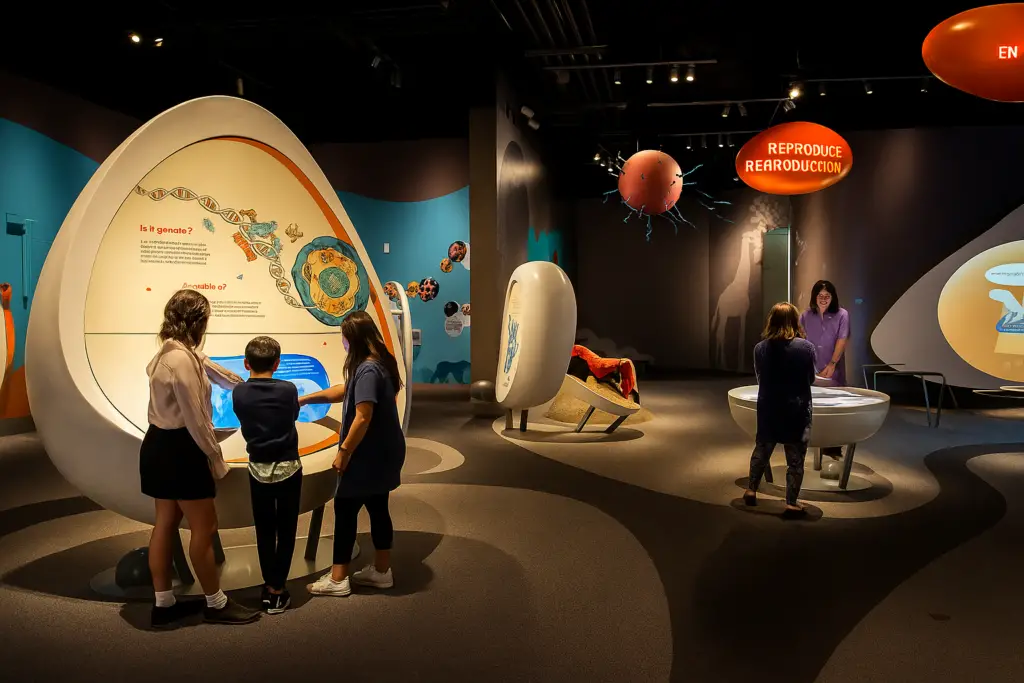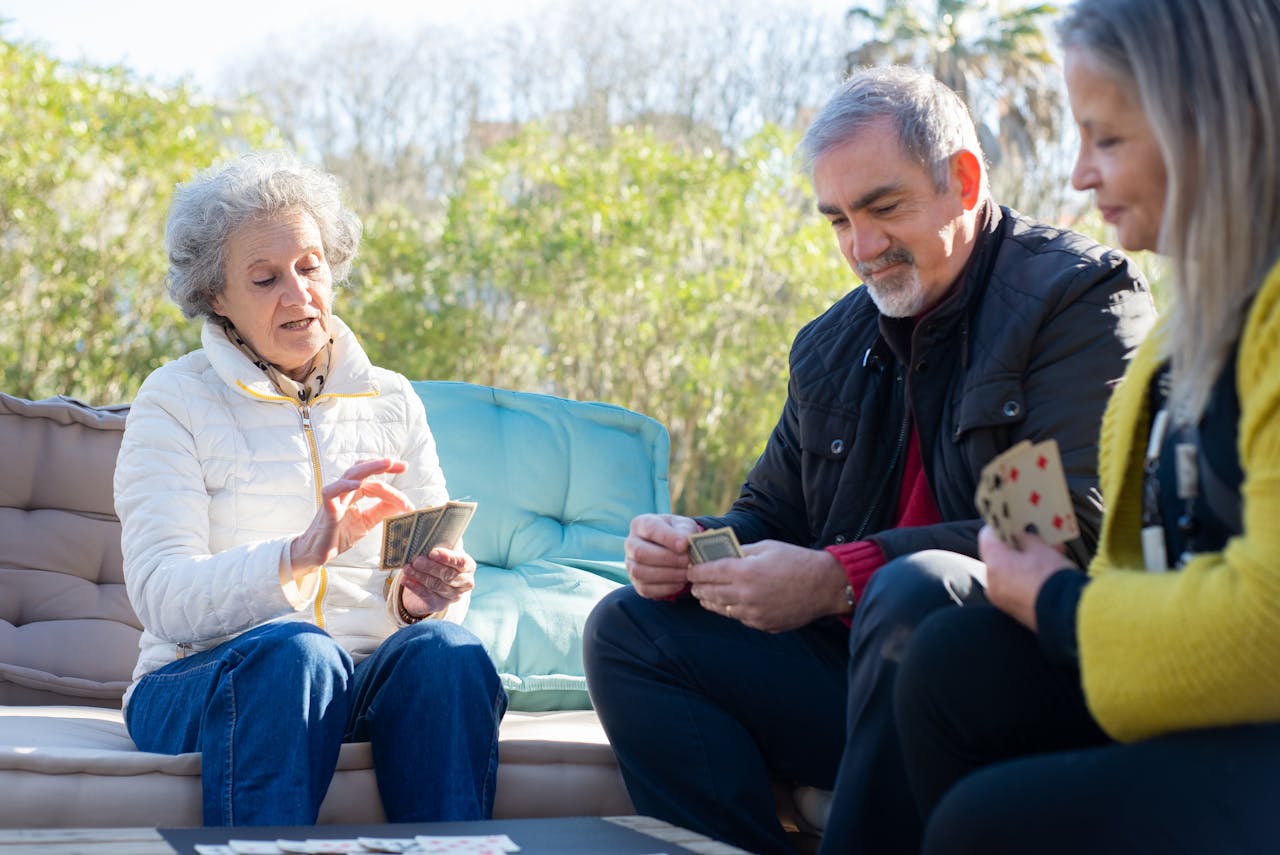12 Cringeworthy Phrases Boomers Should Never Use to Avoid Sounding Old

As we age, language can be one of the most noticeable things that reveal our generation. But just because a phrase was once trendy doesn’t mean it’s still in style today. For Baby Boomers, some phrases can make you sound outdated, even when you’re trying to fit in with the younger crowd. If you’re aiming to connect with people from different generations, it’s time to retire certain old sayings and adopt more contemporary expressions. Here are 12 phrases that Boomers should avoid to ensure they don’t sound “old” and to stay in tune with modern lingo.
1. “Groovy”

Once the defining word of the ’60s and ’70s, “groovy” was synonymous with everything cool and in-style. But today, it’s no longer seen as a trendy expression. Younger generations may find it charming but outdated. To stay in sync with current lingo, swap “groovy” for words like “cool,” “awesome,” or “rad.” These are universally understood and won’t make you seem stuck in the past.
2. “Far out!”

“Far out!” used to be the go-to exclamation of awe and surprise, but it has fallen out of favor. While it may still get a nostalgic chuckle, it’s no longer the best way to express excitement. Instead, try words like “amazing” or “unbelievable” to convey enthusiasm. These alternatives feel more natural and won’t date you.
3. “Catch you on the flip side”

This phrase was once a cool way to say goodbye, implying you’d meet again soon. Unfortunately, it’s now firmly in the “dad joke” territory and may not have the same charm for younger people. Try using “see you later” or “catch you soon” instead. These more neutral phrases still communicate the same sentiment without sounding out of place.
4. “The cat’s pajamas”

An expression meaning something or someone is exceptional or “the best,” “the cat’s pajamas” is an old-timey phrase that no longer resonates with younger audiences. If you’re aiming to compliment someone or something, go with modern alternatives like “top-notch,” “amazing,” or “outstanding.” They’ll sound fresher and more relatable to everyone.
5. “Hep cat”

Coming from the jazz era, “hep cat” was used to describe someone who was hip or trendy. While it may still evoke fond memories for those who remember its heyday, today’s youth are less likely to know what it means. Replace it with words like “trendsetter” or simply “cool.” These words convey the same idea but sound more current.
6. “Bummer”

The word “bummer” was a staple in the ’70s and ’80s, often used to express disappointment or sympathy. However, it’s considered outdated now and can sound disengaged or overly passive. Instead, try more direct phrases like “that sucks” or “that’s rough” to convey your frustration or empathy more naturally.
7. “What’s the buzz?”

This phrase, popular in the ’60s and ’70s, was used to ask what’s going on or to get the latest scoop. However, in today’s digital age, it can sound a bit cheesy. Instead, try asking “What’s up?” or “What’s going on?” These phrases are simple, friendly, and still widely used.
8. “That’s the way the cookie crumbles”

Used to express acceptance when things don’t go as planned, “that’s the way the cookie crumbles” might have been relatable decades ago but now sounds old-fashioned. A more modern alternative would be something like “It is what it is” or “That’s just how it goes.” These phrases are still empathetic but have a more contemporary vibe.
9. “Do me a solid”

“Do me a solid” was once a way to ask someone for a favor, but it has lost its appeal over time. Younger generations may find this phrase forced or awkward. Instead, simply say, “Can you do me a favor?” or “I need a favor.” These alternatives are straightforward and much more in line with today’s conversational style.
10. “Burning the midnight oil”

Though it originally referred to staying up late working or studying, “burning the midnight oil” has become one of those phrases that feel more at home in a history book than in modern conversation. If you’re talking about working late, simply say “working late” or “pulling an all-nighter” to keep your speech relevant.
11. “Don’t touch that dial”

“Don’t touch that dial” was once a common expression used to keep someone from changing the radio station. With the advent of streaming services, digital media, and smartphones, this phrase feels out of place. Instead, use something like “Don’t change the channel” or “Don’t skip this” to express the same idea in a more modern way.
12. “That’s a real knee-slapper”

While this used to be a go-to phrase for describing a funny joke, it’s now firmly in the realm of corny humor. Younger people will likely cringe rather than laugh when they hear it. Instead, try using phrases like “That’s hilarious” or “I can’t stop laughing.” These expressions convey humor in a way that’s more natural and relatable.
Final Thoughts

Our language is always evolving, and as we age, it’s important to keep up with the changes. Using outdated phrases can inadvertently make us sound out of touch, but it doesn’t mean we have to abandon our unique expressions altogether. Instead, by adopting more modern alternatives, we can continue to communicate effectively and avoid sounding old. So, next time you’re tempted to say “groovy” or “catch you on the flip side,” think about how your words might be received and opt for something that resonates with the times. By keeping your language fresh, you’ll stay connected with people of all ages and avoid the cringe factor!






































































































